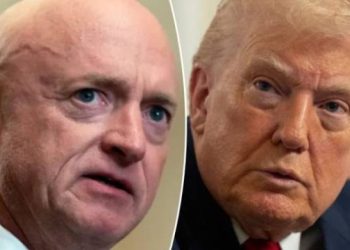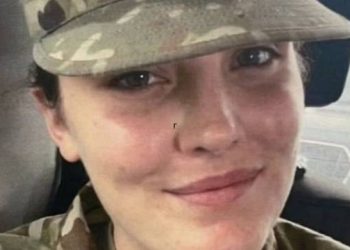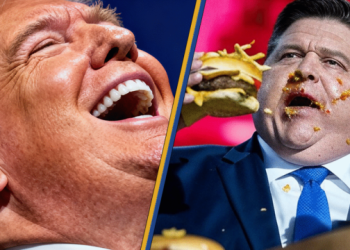“I have a Glock,” Kamala Harris revealed during an interview on CBS’s “60 Minutes” Sunday. The reaction from gun enthusiasts? A collective laugh, with many questioning the sincerity of her statement.
The interview was part of the Democrat presidential candidate’s attempt to adopt a more serious image. But as Matt reports, the entire interview fell flat, and the gun issue stood out as particularly problematic.
It’s one thing to expect a New York City reporter to ask about firearms. Bill Whitaker tried, asking, “Have you ever fired it?”
Harris responded with a laugh, “Yes. Of course. Ha Ha Ha,” claiming she’d been to the range.
Despite failing to ask about the specific model of Glock, Whitaker at least asked if she’d ever fired the gun. However, the real issue is that as Attorney General of California, Harris labeled the very gun she now claims to own as “unsafe.”
Note that California law classifies ALL Glocks as "unsafe handguns" because they do not have a compliant chamber load indicator, lack a magazine disconnect mechanism, and until our lawsuit caused California to repeal the requirement, of course lacked microstamping.
— Kostas Moros (@MorosKostas) October 8, 2024
The only… https://t.co/ksE5BaQzkn
Gun law attorney Kostas Moros told PJ Media, “Kamala’s whole history til now has been opposition to the right to own handguns. It’s a reversal that is obviously phony.”
As the attorney for the California Rifle & Pistol Association, Moros asked on X, “She supported the Unsafe Handgun Act and expanded it such that microstamping began to be enforced in 2013. So why does she own an ‘unsafe handgun’?”
Note that California law classifies ALL Glocks as "unsafe handguns" because they do not have a compliant chamber load indicator, lack a magazine disconnect mechanism, and until our lawsuit caused California to repeal the requirement, of course lacked microstamping.
— Kostas Moros (@MorosKostas) October 8, 2024
The only… https://t.co/ksE5BaQzkn
Moros went on to explain that in 2013, Harris classified all Glocks as “unsafe handguns” because they lacked a chamber load indicator (CLI), a magazine disconnect mechanism (MDM), and the then-required microstamping feature. Harris enforced microstamping technology to imprint a microscopic array on each fired cartridge, identifying the pistol’s make, model, and serial number.
However, as Moros points out, criminals would either avoid using guns legally traced to them or simply pick up their shell casings. “They could also replace the firing pin or just use a revolver,” Moros said.
Harris’s history of pushing strict gun control measures makes her sudden embrace of gun ownership seem insincere. For years, her efforts helped enforce California’s restrictive laws, blocking citizens from buying modern handguns. Moros notes that her actions as Attorney General contributed to a nearly decade-long ban on modern semiautomatic handguns in California, only recently lifted after a successful lawsuit by the California Rifle & Pistol Association.
If Kamala Harris gets asked about her gun again, Moros suggests these questions:
1. Do you stand by your actions as Attorney General, which led to the decade-long ban on modern handguns in California?
2. How do you reconcile those actions with your recent statements on the right to own handguns?
3. Are the handguns you own on the California roster, or did you purchase them using an exemption not available to regular citizens?
The inconsistency in her stance on gun rights and ownership raises serious questions, especially among those who have long fought to protect Second Amendment rights.
 Telegram is where we really talk. Don't miss out!
Telegram is where we really talk. Don't miss out!








